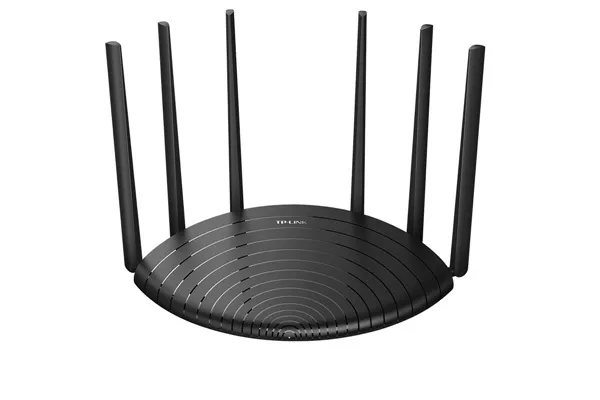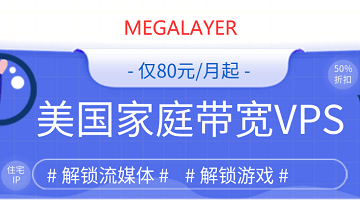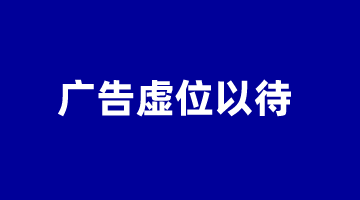在Android开发中,使用ConstraintLayout可以帮助你更轻松地创建适应不同屏幕尺寸的布局。以下是一些关键步骤和技巧,帮助你使用ConstraintLayout适配不同屏幕:
1. 添加依赖
首先,确保在你的build.gradle文件中添加了ConstraintLayout的依赖:
dependencies {
implementation 'androidx.constraintlayout:constraintlayout:2.1.3'
}
2. 使用ConstraintLayout作为根布局
将你的布局文件的根标签设置为androidx.constraintlayout.widget.ConstraintLayout:
<androidx.constraintlayout.widget.ConstraintLayout xmlns:android="http://schemas.android.com/apk/res/android" xmlns:app="http://schemas.android.com/apk/res-auto" android:layout_width="match_parent" android:layout_height="match_parent">
<!-- 你的布局内容 -->
</androidx.constraintlayout.widget.ConstraintLayout>
3. 使用约束来定位视图
使用app:layout_constraintStart_toStartOf、app:layout_constraintEnd_toEndOf、app:layout_constraintTop_toTopOf和app:layout_constraintBottom_toBottomOf等属性来定位视图。
<TextView android:id="@+id/textView" android:layout_width="wrap_content" android:layout_height="wrap_content" app:layout_constraintStart_toStartOf="parent" app:layout_constraintTop_toTopOf="parent" android:text="Hello World!" />
4. 使用指导线(Guidelines)
使用app:layout_constraintGuide_begin和app:layout_constraintGuide_end来创建指导线,帮助你更好地布局视图。
<androidx.constraintlayout.widget.Guideline android:id="@+id/guideline" android:layout_width="wrap_content" android:layout_height="wrap_content" android:orientation="vertical" app:layout_constraintGuide_percent="0.5"/>
5. 使用百分比宽度和高度
使用app:layout_constraintWidth_percent和app:layout_constraintHeight_percent来设置视图的宽度和高度百分比。
<Button android:id="@+id/button" android:layout_width="0dp" android:layout_height="wrap_content" app:layout_constraintStart_toStartOf="parent" app:layout_constraintEnd_toEndOf="parent" app:layout_constraintTop_toBottomOf="@+id/textView" app:layout_constraintWidth_percent="0.5" android:text="Click Me!" />
6. 使用match_parent和wrap_content
合理使用match_parent和wrap_content来确保视图在不同屏幕尺寸下都能正确显示。
<ImageView android:id="@+id/imageView" android:layout_width="match_parent" android:layout_height="wrap_content" app:layout_constraintTop_toBottomOf="@+id/textView" app:layout_constraintStart_toStartOf="parent" app:layout_constraintEnd_toEndOf="parent" android:scaleType="centerCrop" android:src="@drawable/your_image"/>
7. 测试不同屏幕尺寸
在不同尺寸和分辨率的设备上测试你的布局,确保它在各种情况下都能正确显示。
8. 使用尺寸单位(dp和sp)
使用密度无关像素(dp)和可缩放像素(sp)来定义视图的尺寸,以确保在不同屏幕密度下的一致性。
通过以上步骤和技巧,你可以使用ConstraintLayout创建出适应不同屏幕尺寸的布局。记得在不同设备上测试你的布局,以确保它在各种情况下都能正确显示。

 便宜VPS测评
便宜VPS测评





